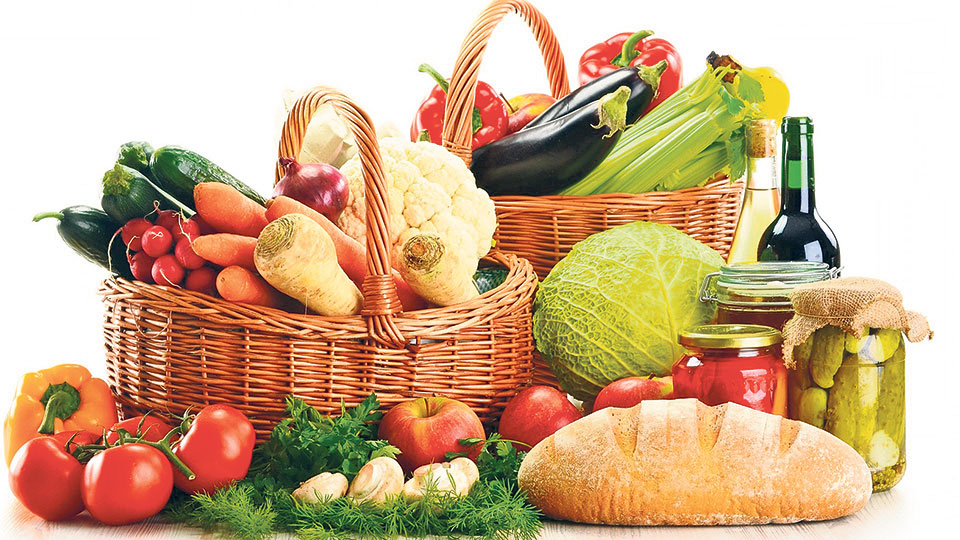Carbon farming to tackle climate change
6 years ago

Everything we eat travel across a food supply chain, a journey from farm to the plate. This is a journey that passes through production, processing, distribution, consumption, and disposal. Globally, 30% of food produced for human consumption is lost or wasted somewhere along the supply chain, bringing negative impacts on food security, economy, and the environment. It also alters the ease in food availability to affect the food prices and overall production of food.
In developing countries, there is a growing urban population creating a complex and lengthy food supply chain. This includes many factors which present challenges in delivering safe, nutritious food of good quality. Problems are caused after the transfer of food from its supply chain to waste. It is mostly done after the food is spoiled or expired due to poor management. Food waste happens at the retail and consumer level and also during sorting, grading and processing (14-21%) which decreases the quantity or quality of edible food that is intended for human consumption. It also links with it the wastage of water, land, energy and other natural resources to produce food and results in repurposing the use of food as either animal feed or goes to waste without being consumed. Food waste also raises serious questions from a social point of view; the problem of malnutrition that is affecting around one billion people worldwide. Therefore the increase in food waste is extremely unacceptable. Moreover, it creates difficulties in supplying of food to marginalized areas. Also, there are some serious environmental impacts of food waste like greenhouse gas emissions, soil degradation, and energy consumption.
The world’s population is predicted to reach 9.1 billion by 2050. An increase in demand, by 70% at least, is also evident. This strongly calls for an effective solution to be introduced to reduce food waste, and improve food and nutrition security. In developing countries, this can be obtained by increasing the efficiency of the chain by investing in efficient, low cost and sustainable processing technologies, adequate storage and packaging houses, road infrastructure and market linkage and providing training and educating chain actors including consumers. Also, there must be recognition of the performance of each factor and interlinks among different stages of the food supply chain.
But in developing countries, the solution should first and foremost come from the producers. The government should extend hands to improve harvesting, promote farm education, and teach about storage facilities and cooling chains. The private sector can also aid in helping reduce the food waste by optimizing food processing procedures, streamlining supply chains and linkage of farmers to market.
Leave A Comment